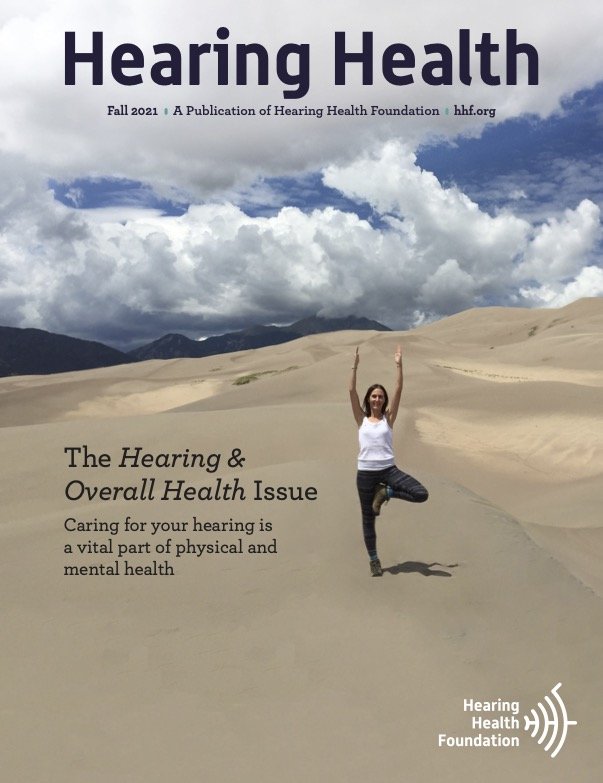Usher syndrome is the most common genetic cause of deafblindness—the loss of both hearing and vision. It is named for Charles Usher (2 March 1865 – 3 March 1942), a Scottish ophthalmologist who first described its symptoms in 1914.
Credit: Robert N. Fariss, Ph.D., chief of the NEI Biological Imaging Core, and Ann H. Milam, Ph.D., former professor in the Department of Ophthalmology at the University of Washington via the National Eye Institute
Usher syndrome is inherited. If both parents carry a mutated gene for Usher syndrome, there is a 1-in-4 chance with each pregnancy that the baby will have Usher syndrome. In the United States, Usher syndrome affects approximately four babies in every 100,000 births. Worldwide, more than 400,000 people are affected by Usher syndrome.
Usher is technically considered a syndrome rather than a disease, condition, or disorder because it has more than one identifying feature or symptom. The two major symptoms of Usher syndrome are hearing loss and an eye disorder, retinitis pigmentosa (RP). In many individuals with Usher, balance is also severely impacted.
Children with Usher syndrome are born with or develop hearing loss. An estimated 10 percent of individuals with congenital bilateral, sensorineural hearing loss have Usher syndrome.
RP is a group of rare, genetic disorders that involve a breakdown and loss of cells in the retina—the light sensitive tissue that lines the back of the eye—and results in night-blindness and weakened peripheral vision. As RP progresses, the field of vision narrows, resulting in tunnel vision. Eventually, only central vision—the ability to see straight ahead—remains. RP affects approximately 1 in 4,000 people both in the U.S. and worldwide.
Some types of Usher syndrome cause difficulties with balance because of vestibular abnormalities.
Sources: National Eye Institute, National Institute on Deafness and Other Communication Disorders, Usher Syndrome Coalition
Begin Your Subscription to Our Free Magazine



